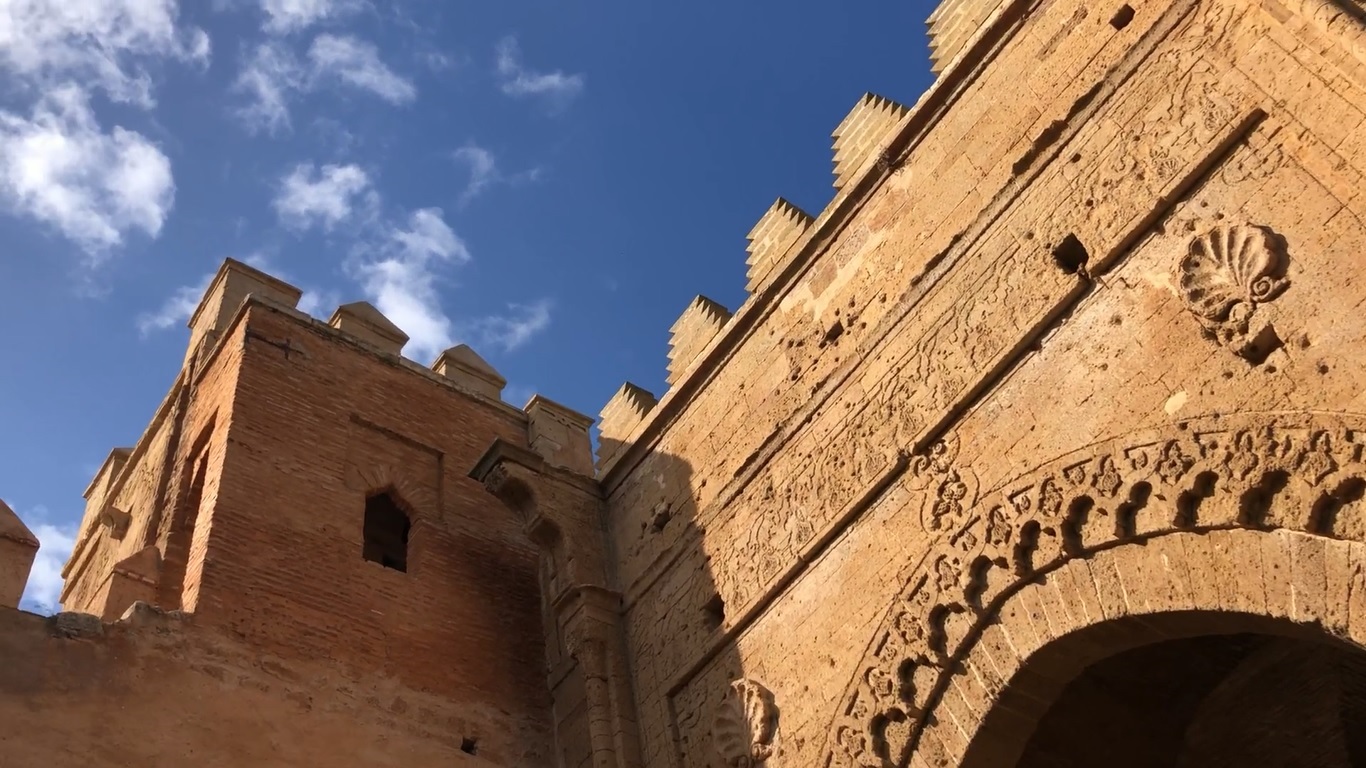The Historic Site of Chellah

Prehistoric and historic period
The historical origin dates of Sala’s (Chellah’ currently) back to VII-VI B.C. During the Phoenician era this site would likely have played the role of seaport on the Atlantic route between Lixus and Mogador. In the Mauritanian era Sala appears as a Prosperous city and opened to the Mediterranean trade. Under the kings Juba II (25 BC 23 AD) and his son Ptolemy (AD 23-40), Chellah has many publics buildings with a Hellenistic and Roman influence, Chellah as well acquires its autonomy and even issued money coins to his name.
After the Roman annexation of Mauritania Tangitane in 40 AD, the city has undergone from the end of I.e. and the early second century a new development plan. While some Mauritanian buildings are preserved others disappeared and publics buildings having an difference orientation from the previous ones were built as The official Capitol, Temple, forum or public square, the basilica, the curia, meeting room of the Senate of the city, the
orthogonal Nymphaeum under Emperor Antonius the city were surrounded by 144 of an enclosure mentioned in the inscription Marcus Sulpicius Felix.
The city remained under Roman rule until the late fourth or early fifth century at least, while southern Tangitane was abandoned around 285 AD by the Roman army and administration.
The importance of the city is due both at its location as active port on the Atlantic coast and its strategic role in relation to the rest of the province. Indeed to protect the city from the incursions of the tribe of Autololes and elephants’ attacks which are respectively on Pliny the Elder and the decree of surloicius Felix, a defensive system composed of a moat and a wall has been set up.
It stretched from the Atlantic coast to the river Akrach and was connected to the watchtowers and at least two camps. One is located on the southwest of Chellah, the other Kheddis located in the Oulja of Sala

